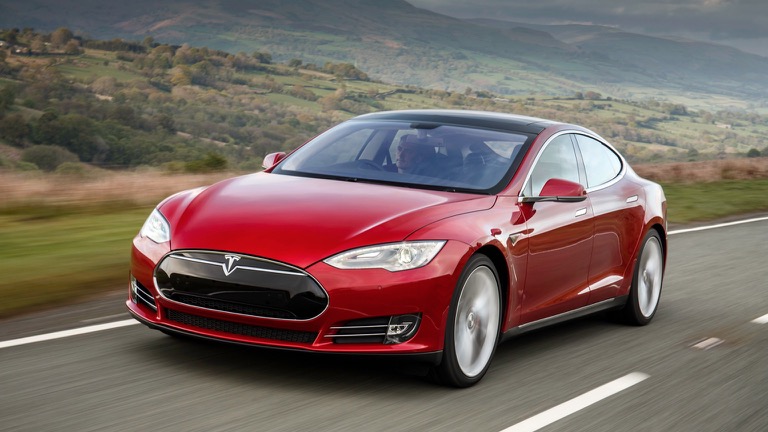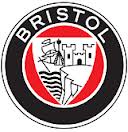
Performance & Classic Car Data

This edition of the Bristol 410 5.2 V8 is the 3 speed / Auto version and was first brought out in 1967. This was at around the same time as the introduction of the 1968 Dodge Dart Hemi 7.0 V8 and the 1968 Plymouth Road Runner 426 Hemi V8 1st Gen.This particular Bristol 410 has a 5210cc Naturally Aspirated Petrol powerplant with 8 cylinders in a V formation.
The 410 shares its Petrol V8 engine configuration with the likes of the 2023 Dodge Challenger SRT Demon 170 and the 2023 Ferrari SF 90 XX Spider 4.0 V8 Turbo. If you're looking for other fast cars which share the 410's Rear Wheel Drive, Saloon combination then how about the 1982 Fiat X1/9 1.5 8V or the 1965 Aston-Martin DB6 1965.
Weighing in at 1600 kgs (3527 lbs) this makes the Bristol 410 5.2 V8 in the same weight category as the 2021 Lamborghini Aventador LP 780-4 Ultimae Roadster 6.5 V12 or the give or take 50kg.
![Mini Cooper John Cooper Works Cabrio 2.0 Turbo - [2022] image Mini Cooper John Cooper Works Cabrio 2.0 Turbo - [2022] image](/editionimages/2340.jpg)
The Bristol 410 shares the same bhp with the 2022 Mini Cooper John Cooper Works Cabrio 2.0 Turbo (228 bhp)
In terms of power the 5210cc 16V V8 engine produces 250 bhp (186 kW) @ 4400 rpm similar to the 2022 Mini Cooper John Cooper Works Cabrio 2.0 Turbo (228 bhp) or the 2021 Ford Mustang Mach-E AWD (266 bhp).
The Naturally Aspirated V8 throws out 340 lb-ft (460.9 Nm) @ 2800 rpm placing it with cars of similar torque performance figures such as the 2023 Lotus Emira First Edition i4 2.0 Turbo (317 lb-ft) or the 2023 Porsche Boxster Spyder RS 4.0 982 (332 lb-ft).
If one combines the weight with power or torque performance for the Bristol 410 you can get a better idea of it's real world performance.
![BMW 3 Series 335d xDrive F30 LCI - [2015] image BMW 3 Series 335d xDrive F30 LCI - [2015] image](/editionimages/1667.jpg)
The 2015 BMW 3 Series 335d xDrive F30 LCI (181.2 bhp per ton) has similar Bhp Per Ton stats as the Bristol 410.
The Bristol 410 has a Power to weight ratio of 156.2 bhp per ton and 212.5 lb-ft per ton. Bhp Per Ton figures of the 1967 410 competing with the 2015 BMW 3 Series 335d xDrive F30 LCI (181.2 bhp per ton) or the 2015 Seat Leon ST Cupra 265 (181.2 bhp per ton).
If you agree with the late great Carroll Shelby then arguably an even better indicator of potential performance, Torque. Use weight as well and you end up with - Torque per ton, with the Bristol 410 generating around 212.5 lb-ft per ton. If you're curious as to what other cars have as much torque to weight then look no further than the 2011 Dodge Charger SRT8 6.4 V8 (237.3 lb-ft per ton) or the 2020 Audi TT RS 2.0 Turbo (236.7 lb-ft per ton).
With a 0-60mph time of 8.80 secs or a 0-100km/h (0-62mph) of 9.1 secs, this made the Bristol 410 5.2 V8 as fast as the 2013 Vauxhall-Opel Zafira Tourer CDTi BiTurbo (8.80 secs) the the 2002 Toyota Camry 3.0 V6 (8.80 secs) the or the 2000 Mitsubishi FTO 2.0 GPX (8.80 secs). This Bristol 410 5.2 V8 is also faster than the 2008 Audi A4 1.8T Avant (8.90 secs) the 2005 Suzuki Swift 1.6 VVT Sport (8.90 secs) the 2000 Vauxhall-Opel Omega 3.2 V6 Automatic (8.90 secs) the and the 1990 Volvo 940 2.3 Turbo (8.90 secs).
When talking about the performance of the Bristol 410 on the drag strip it can reach a quarter mile in an estimated 15.34 secs @ 89.2 mph. Similar performance down the quarter mile can be found with the the 1986 Lamborghini LM002 5.2 V12 (15.29 secs), the 1953 Alfa-Romeo Disco Volante 1900 Touring Coupe (15.30 secs), and the 2002 Alfa-Romeo 156 GTA 3.2 V6 Sportwagon (15.30 secs).
Modern performance cars are often artificially restricted to 155mph. The 1967 version of the Bristol 410 5.2 V8 has a maximum speed of 130mph.
If maxing out your car on the AutoBahn is your thing and you're wondering what's faster than the 1967 Bristol 410 5.2 V8 then how about the 2010 Audi A1 A1 1.4 TFSI S-Tronic (141 mph), the 2009 Renault Clio 2.0 RenaultSport III 200 Cup (141 mph), or the 2006 Seat Leon 1.8 20vt Cupra R 210 (141 mph).








Maserati MC20 3.0 V6 Twin Turbo
Engine: Twin Turbo Petrol | 2992cc 24v V6
Top Speed: 202 mph
0-60mph: 2.90 seconds

Ford RS200 1.8T 16V
Engine: Turbo Petrol | 1804cc 16v St4
Top Speed: 228.5 kph
0-100kph: 5.2 seconds



















